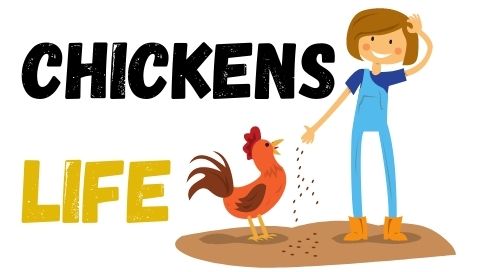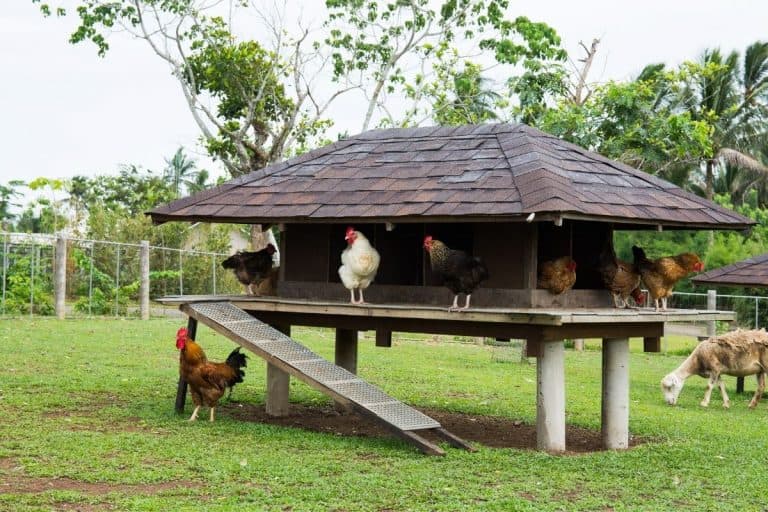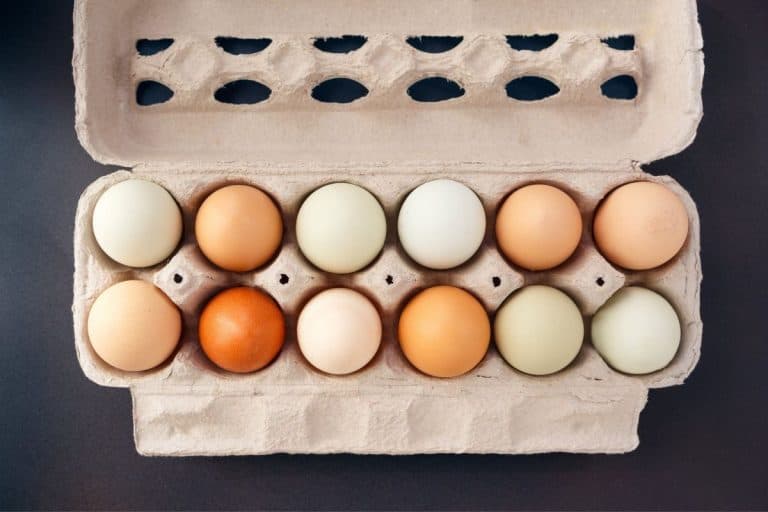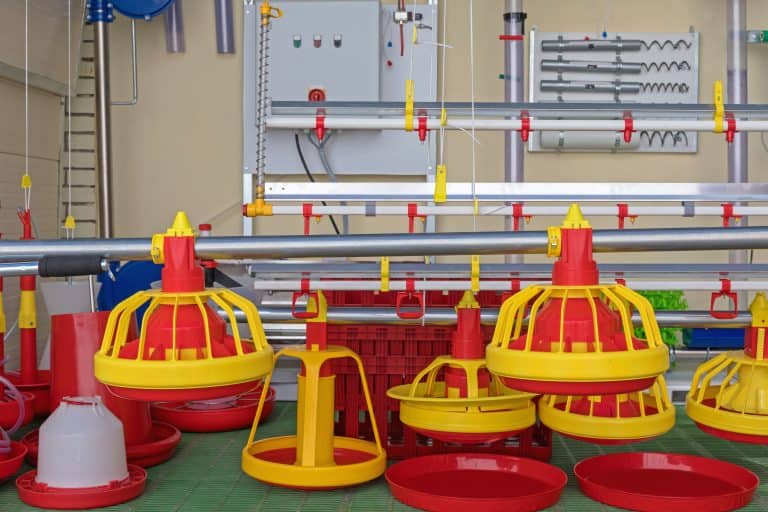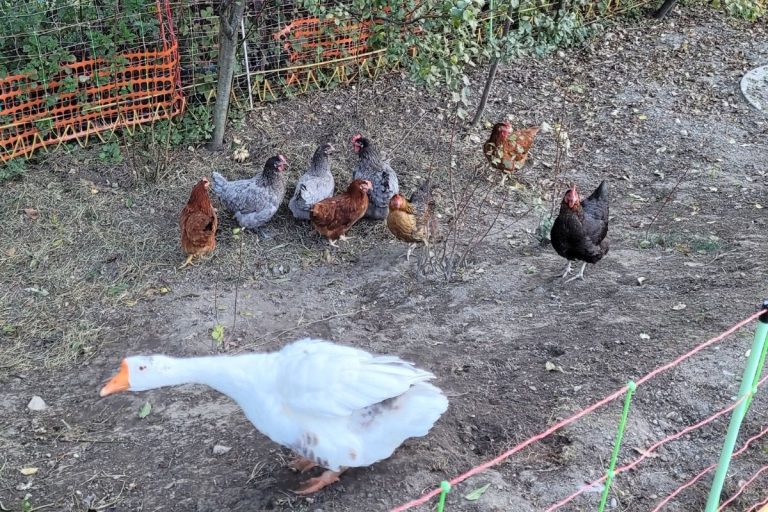What Is The Best Ground Cover For A Chicken Run?
When you raise chickens, whether, for work or a lifestyle, you will want to provide the best possible conditions for these animals to thrive healthy and happy, one of the elements that you need to pay attention to is the hen house floor. What ground covering should I use for the chicken run?
The best materials to achieve these objectives are sand, concrete, grass, and wood. When looking for a ground cover, you should focus on a product that ensures that the floor is safe for the hens, is always dry, and is very practical to clean.
In today’s market, there are multiple alternatives to cover the floor of poultry houses. It all depends on the type of floor you have and your main interest, maybe an economical option, or perhaps an option that is very easy to clean? This article will address the types of ground cover for a chicken run and their main advantages and disadvantages.
But before you dive into this topic, did you know I've got a page packed with my go-to chicken stuff? From the best feed to handy tools, it's all there. Don't you want the best for your flock? Check it out right here.
What Are The Characteristics That A Good Chicken Run Should Have?
It is essential to know that there are multiple designs, styles, and sizes of chicken runs. You can choose to buy a finished structure or make a custom-designed one to suit your needs. Some of the characteristics you should consider when evaluating chicken run designs are:
- Size. The size of the chicken run should be based on the number of chickens you will have. The larger the size of the chicken run, the more comfortable your chickens will be.
- Protection against predators. You must install a chicken run for your chickens that is safe and will not give predators a chance to enter. make sure you have sealed all holes and cracks; windows must be closed to avoid all possible risks.
- Ventilation. The combination of feathers and droppings produces toxic fumes that cause respiratory problems in the chickens. To avoid this situation, you should choose a chicken run that allows adequate ventilation and that air can circulate efficiently.
- Cleanliness. A chicken run in optimal conditions must be very clean. The person responsible for the maintenance of the chicken run should clean it frequently. For this reason, the choice of ground cover material is also significant, as the material selected may facilitate the cleaning process.
- Appropriate fencing on the outside. The hens must go out of the chicken run into their surroundings to hunt for worms; this helps them stay healthy. Because of this, it is mandatory to have the poultry house surrounded by fences to keep them protected.
- The ground cover. The ground cover is an essential element in the chicken run. The ground cover will provide the hens with comfort; it will also prevent them from getting injured. IAnd in addition it contributes to the cleanliness of the chicken run.
Wait, I have some recommendations for you!
Before you go any further, I want you to take a look at some of the recommendations I've handpicked for you. I think these are essential items you should have for your chickens flock. You can check them out and buy them directly from Amazon.
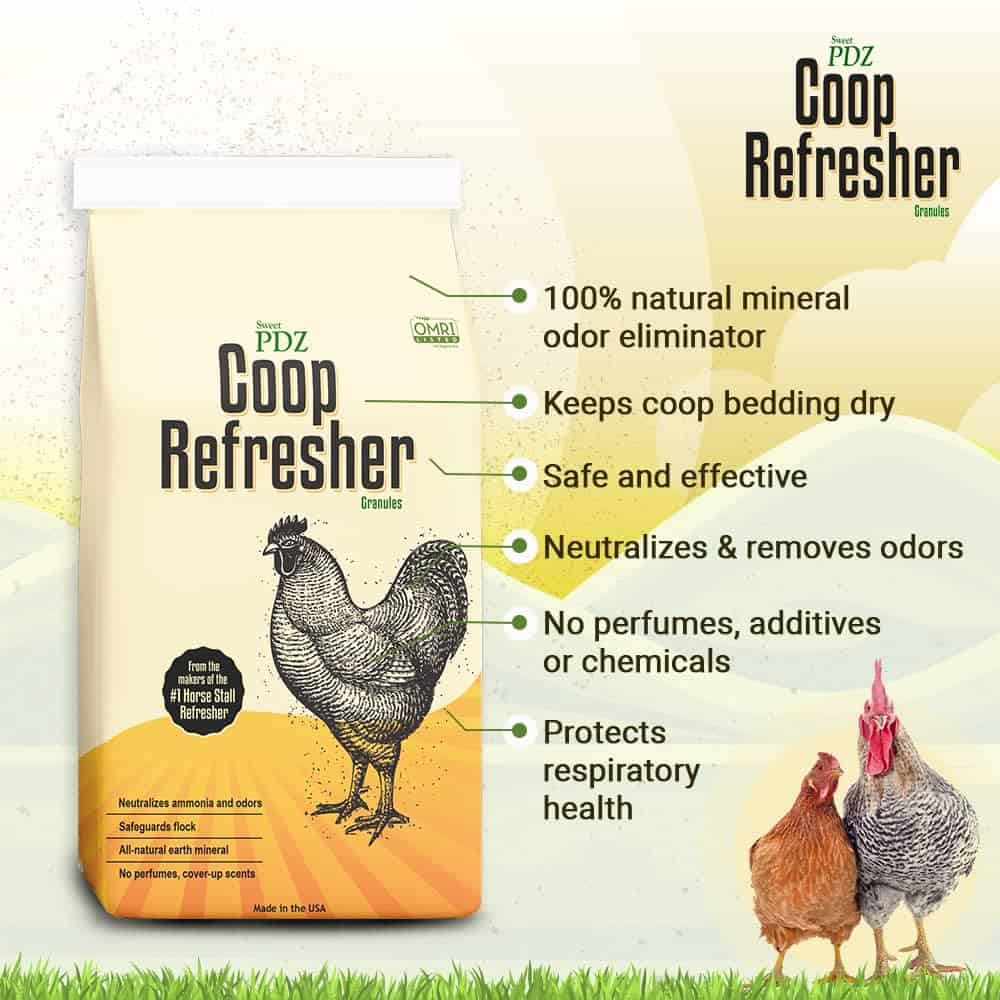 | 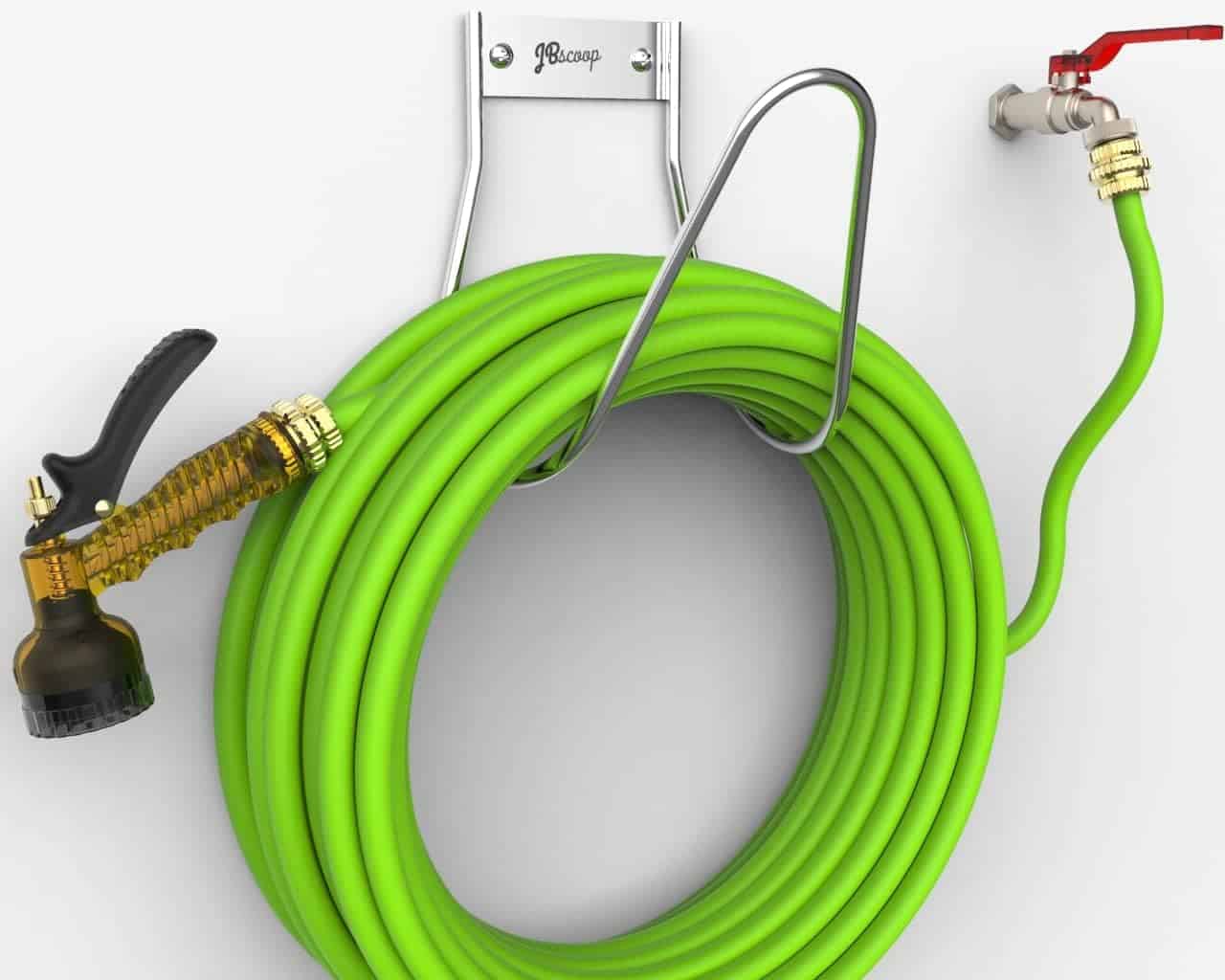 | 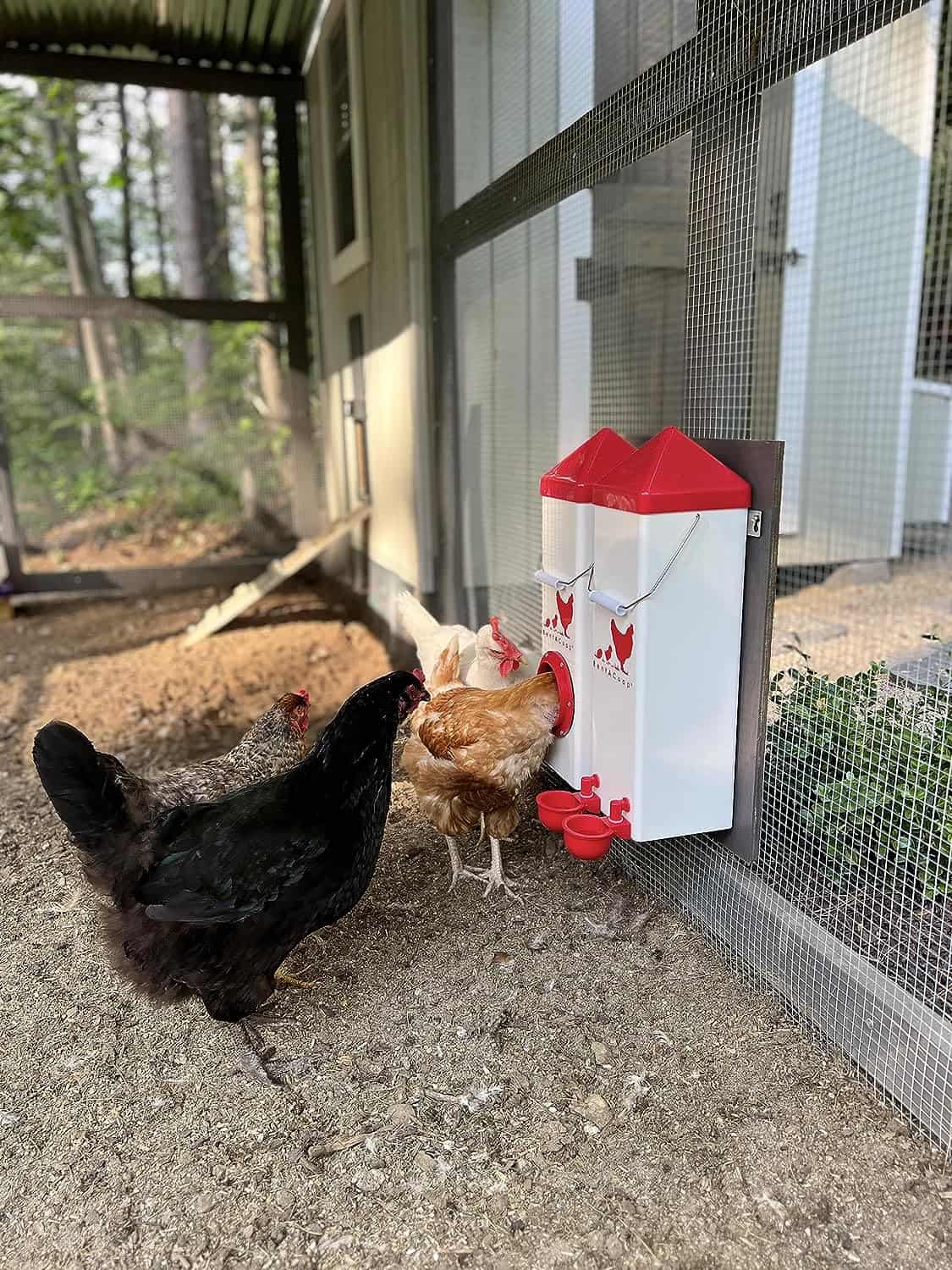 | 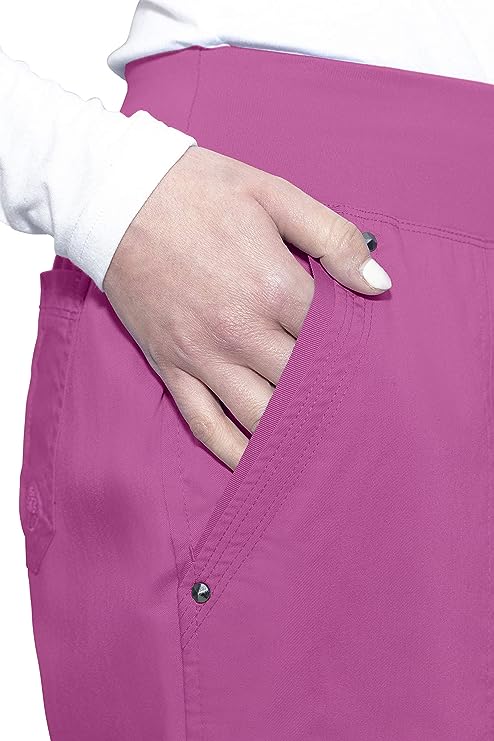 |
| Essential accessory for your coop | No more tripping over hoses! | Predator protection made easy | Comfort + style is possible |
What Are The Benefits Of Keeping Chickens In A Comfortable And Appropriate Chicken Run?
Having a chicken run can be a recreational activity, as well as a business venture. For these purposes, you should ensure that this habitat is as comfortable and suitable as possible for the hens, as this is the only way to make this project successful.
A chicken run that has its ground cover and has all the optimal characteristics will have the following benefits:
- Contribute to the health of the hens. Hens raised in chicken runs that meet all the conditions necessary to create an proper habitat are healthier. These hens will also have higher food value, as their diets are free of hormones and antibiotics. These chickens are in higher demand, so they are more expensive, unlike factory-farmed chickens, which receive hormones and chemicals to stimulate their rapid growth.
- The eggs are more nutritious. Growing the eggs in its chicken run ensures a much healthier product with higher vitamin A, E, and beta carotene content. Eggs are delicious. When you grow your hens in your chicken run, their eggs are much tastier than factory processed eggs. Many people are only interested in buying eggs that come from independent growers. These people are willing to pay more money for these eggs because the whites are firmer, and the yolks have a very intense bright orange color.
- You can make fertilizer from chicken waste. Chicken droppings have a high nitrogen content, an ideal component to use as a soil fertilizer.
- The chicken run improves the garden. Chickens also help us to take care of our garden. Chickens are diggers by nature, and they do this to look for and eat worms or insects, which are the ones that can destroy your vegetables, fruits, or crops.
- The chicken run provides security for the chickens. A robust and well-built chicken run will keep away predators such as foxes, snakes, cats, hawks, and rats (chickens can kill some of them, but it’s a good precaution). It also provides discipline for the chickens, as they get used to being inside the chicken run.
- Shelter for the hens. We know that chickens can adapt to any climatic condition. However, they need to have an appropriate shelter when facing strong winds, storms, extreme cold, or heat.
- Sufficient space for laying. A chicken runs with all the necessary conditions will provide the ideal space for hens to lay their eggs.
- Space for roosting. A good chicken run helps the hens roost, allows them to rest, and maintains the social hierarchy to control the territorial space.
- Great space for eating. If you take the time to train the hens, they can become very disciplined. You must teach them that the chicken run is the space to go to when they are hungry. This will help you keep them under control.
What Is The Importance Of A Ground Cover For A Chicken Run?
Deciding to place a ground cover for a chicken run is not something to take lightly. Some of the questions you should ask yourself before choosing a ground cover material are:
- How well do the different materials available hold up over time?
- How easy is it to clean the selected material?
- What will be the location of the chicken run?
- How might the climate affect the material I choose for the floor of the chicken run?
- Are there predators near the area?
- Could other animals besides chickens coexist in the area?
- How much time will you have available for the maintenance of the chicken run and its floor?.
These are all fundamental questions that you must answer. Your daily routine of work or occupations determines how much time you have available to do the cleaning. If you have limitations in this aspect, you may be better off with a permanent floor and easy to clean.
If you do not own your home, perhaps the best alternative is a removable flooring material.
Remember that success in raising hens depends mainly on their comfort, and this comfort can only come with the discipline of the keeper. It is not possible to say one option is better than another; they all have pros and cons. The only thing that will make one better alternative than another is the particular need of the individual.
What Should I Put On The Ground In My Chicken Run?
Faced with the dilemma of what material to put on the floor of the chicken run, many people choose to make a combination of several materials. The person often places the first layer on concrete or gravel floor, looking for ease of cleaning and drainage.
Then, on top of that first layer, they place another layer of a softer material for the hens’ feet, such as sand. Don’t forget that the best ground cover will always be the one that represents the best balance between profitability for you and comfort and safety for the hens.
It is also a fact that certain soils will be more suitable depending on the type of climate in the area. The answer to what to put on the floor of the chicken run will rely on several elements. For instance, the environment, the atmospheric conditions of the locality, and the number of hens that inhabit the chicken run.
Tips And Characteristics Of The Best Ground Covers For A Chicken Run
Below we will review some of the primary materials that you can use on the chicken run floor.
Grass
- This material is an alternative to keep the hens in a pretty natural way.
- This option is reasonably practical in mobile poultry houses.
- The grass is an economical option that is very low maintenance. It also provides a peaceful environment for the hens.
- The grass is a stimulating material for the hens, as they will constantly be pecking for insects.
- If you keep your hens in a mobile coop, it is essential to move the coop continuously since the hens can easily break the floor and turn it into mud.
- Keep in mind that grass floors will not protect the hens from predators, unlike wire floors.
Sand
- Sand is one of the cheapest, simplest, and easiest alternatives to clean.
- With sand, you can easily recognize dark chicken droppings, making it easier to clean the floor.
- The one aspect that keeps many people from choosing sand is that to ensure the cleanliness of the chicken run, you have to clean it every day.
- Another characteristic of sand is that it tends to mold very quickly, making it unsuitable for humid climates.
- If you have the chicken run in a dry climate, you must also ensure that the sand has good drainage.
- Another aspect to consider about sand in scorching climates is that it can become too hot for the hens’ feet. You could overcome this factor by placing a roof made up of a cooling material.
Concrete
- Concrete is the ideal material for permanent chicken runs if money is not an issue.
- Concrete is a highly resistant and durable material.
- Concrete keeps predators away.
- You can clean concrete very easily.
- Unlike sand, concrete has cooling attributes, which don’t make it the best material for cold climates.
- Concrete involves using a second soft material as a second layer, as chickens need a smooth floor to walk on to avoid injury. Also, there will come the point where they will get bored if they only walk on this surface.
- Concrete flooring is the most expensive alternative of all.
Wood
- Wood has the advantage that it is relatively inexpensive and is easy to obtain and install.
- Wood can be difficult to clean and can become damaged over time.
- The chicken run must be in an area where humidity is not a determining factor so that the wooden floor’s lasts.
- Wood flooring alone will not be sufficient for chicken runs. You should lay a second layer of another material that is softer, more comfortable, and stimulating.
Main Pros And Cons Of Ground Covers For A Chicken Run
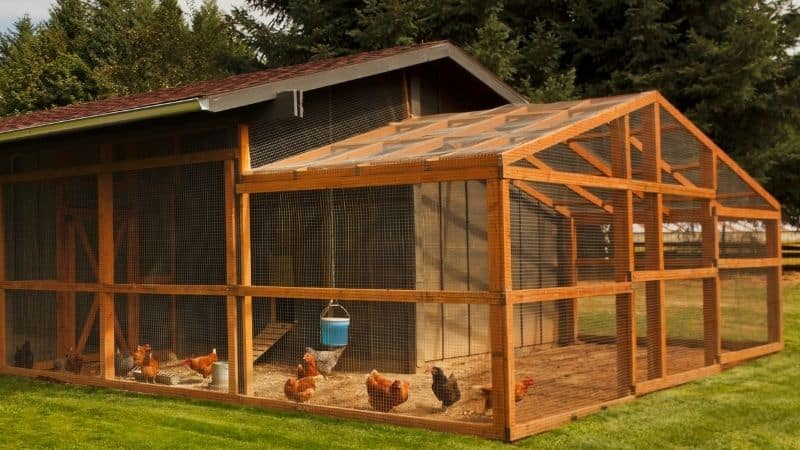
The following is a quick guide to the main pros and cons of the materials to be used in the chicken run ground cover.
| Ground Material | Pros | Cons |
| Grass | Chickens can have fun foraging for insects. It is the soil where they will get nutrients. They will lay richer eggs. | Chickens will destroy the grass. You must replant the grass. |
| Sand | Cheap and simple. It is easy to place the dark droppings in the sand. | You must clean more frequently. Does not work in humid climates. Must have good drainage. |
| Concrete | Resistant and easy to clean. Low maintenance. Protects from predators, Cool on hot days. | It does not work in cold climates. It is boring for chickens and can injure them. It is expensive. Must combine with a second material. |
| Wood | It is inexpensive. It is easy to obtain | Difficult to clean. Age-related wear and tear. Must combine with a second material. |
Ground Covers For A Chicken Run Relevant Tips
Here you will find some tips you should know before selecting the soil for the chicken run are:
- The most suitable sand to use as chicken run soil is construction sand or river sand. This sand can also include small pebbles.
- Chicken raisers usually rake the droppings out of the sand instead of using a shovel. They then remove the top layer of sand every six months.
- Since concrete is an accessible material to clean, you only need a hose, water, and a chemical-free disinfectant liquid.
- Wood flooring is usually plywood, rustic and smooth. The second layer of wood shavings usually accompanies wood floors. The shavings should always be kept dry and free of dust.
- Grass as chicken flooring should be free of pesticides, fungicides, herbicides, or chemicals of any kind.
- Every month you should rotate the chicken run so that the hens are always on a grass surface. Each time you rotate the run, you should take the opportunity to reseed the grass in the previous area.
Other Materials Used As Ground Covers
We have already reviewed the main and best materials that people use as ground covers. However, these materials are not the only ones; there are also other materials, not as effective, that people use to cover the floor of the chicken run.
Wood Chips
Wood chips are also popular because of their light and clean appearance. This material drains well and does not accumulate dust. The chickens love it because they can dig around in it without limit. Wood chips are easy to clean and do not absorb as much mud.
The downside of wood shavings is that they are natural and will eventually decompose over time. This condition means that you should replace the wood chips from time to time. It is essential to consider that hardwood shaving lasts longer than softwood shavings that decompose more quickly.
It is critical to know that wood chips are the white or light part of the tree, and you should not confuse them with bark chips. You should not use bark shavings as ground cover. They will mildew and produce spores, which can cause respiratory diseases in chickens.
Pea Gravel
You can use a rounded type of gravel such as pea gravel. Still, experts do not recommend using a weed control membrane underneath. Rainwater is likely to wash the droppings to the bottom, and the chickens will step on them. This situation will generate a bad odor. In addition to this, some breeders say that chickens do not like to walk on gravel. On the other hand, it is a more durable than wood shavings.
Straw Shavings
Straw shavings can also be an excellent material to cover the floor of the chicken run. The problem with straw shavings emerges when you use them in an uncovered chicken run without a roof. The straw shavings can get wet and sink into the ground rather quickly, making the chicken run very difficult to clean.
A Final Thought On Ground Cover For A Chicken Run
It can take a lot of trial and error to find the perfect chicken run ground cover. The point is that it’s not about what we think is best, but what is best for the chickens. The crucial factor is to take the time to evaluate all the variables: the number of hens, the climate of the site, the time we can devote, and most importantly, get the material that will make the hens comfortable, happy, and healthy.
Essential Tools for Chicken Owners
Check my curated list of essential products!
I’ve gathered all the best products that have helped me with raising my chickens, so you don’t waste time on bad ones.
Find my complete list of recommendations here.
For more tips, guides, and recommendations, you should definitely subscribe to my newsletter.
Use the form below, it’s free.

